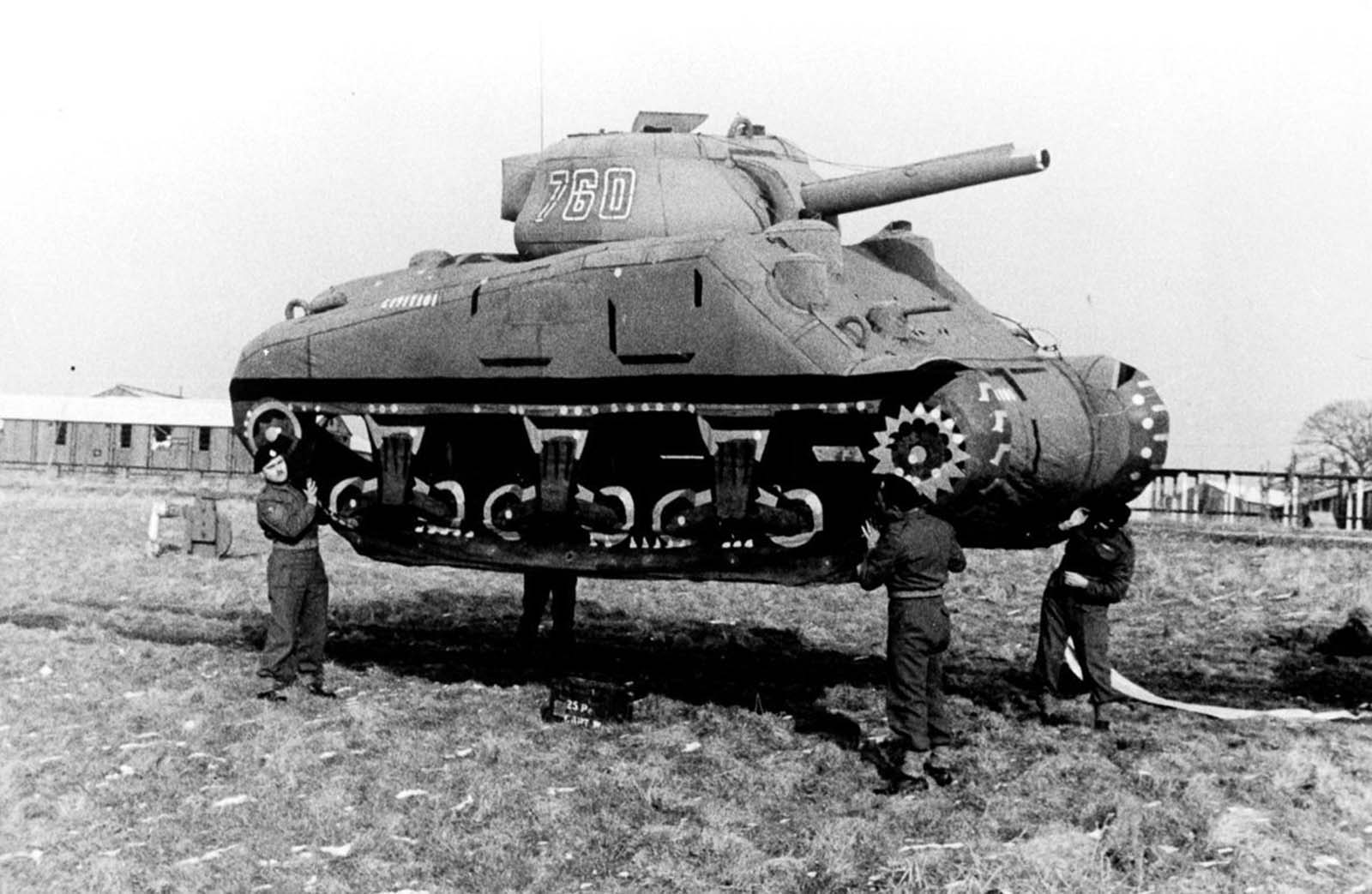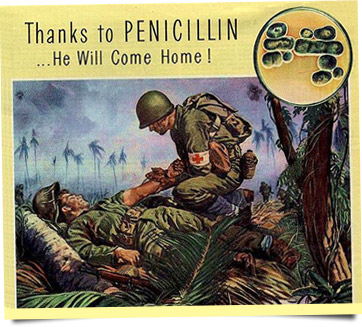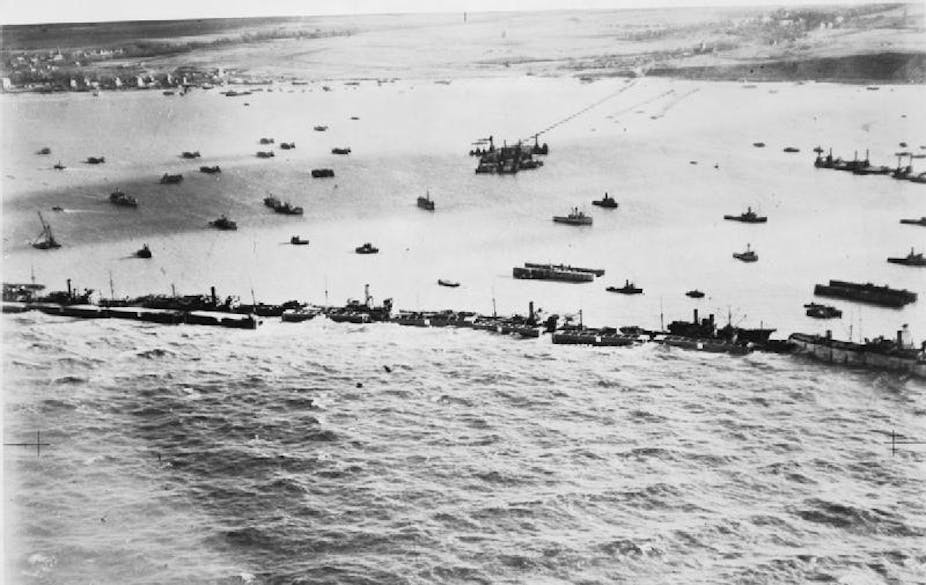 The Mitsubishi A6M Zero, designed by chief engineer Horikoshi Jiro, introduced itself in 1940, upon which it was met with unanimous fear from all Allied forces that opposed it. It was a lightweight, extremely maneuverable, long-range carrier-based fighter plane, armed with two 7.7mm machine guns, both high in ammo, and two 20mm cannons. With its 1,130 horsepower engine, the Zero could fly at top speeds of 350 miles per hour while at its max altitude of around 20,000 feet. Zeros were exceptional dogfighters, outmaneuvering any enemy planes they encountered, quickly dominating the skies of the West Pacific and becoming invincible in the eyes of the Allies. However, the reign of the Zero soon came to an abrupt close.
The Mitsubishi A6M Zero, designed by chief engineer Horikoshi Jiro, introduced itself in 1940, upon which it was met with unanimous fear from all Allied forces that opposed it. It was a lightweight, extremely maneuverable, long-range carrier-based fighter plane, armed with two 7.7mm machine guns, both high in ammo, and two 20mm cannons. With its 1,130 horsepower engine, the Zero could fly at top speeds of 350 miles per hour while at its max altitude of around 20,000 feet. Zeros were exceptional dogfighters, outmaneuvering any enemy planes they encountered, quickly dominating the skies of the West Pacific and becoming invincible in the eyes of the Allies. However, the reign of the Zero soon came to an abrupt close.
The Grumman F6F Hellcat was introduced in 1943 as a replacement for the Grumman F4F Wildcat and as a counter to the Mitsubishi Zero. They were an ultimate success. Boasting a 2,000 horsepower engine and a durable body, Hellcats shut down the once dominant Zeros, greatly aiding the Allied war effort against Japan. They even shot down more enemy aircraft than any other Allied naval aircraft during WWII, totaling a reported 5,223 destroyed enemy planes. Japan, however, had no counter-play. They had produced more Zeros than any other plane during WWII and continued trying to rely on them. The domination of Hellcats over Zeros eventually got to the point where, in the Battle of the Philippine Sea in June of 1944, US pilots found shooting down Japanese planes so easy that the battle was described as the "Great Marianas Turkey Shoot". Towards the end of the war, Japan began primarily using Zeros in kamikaze tactics, as Zeros had more of an effect on the Allies by blowing up than actually being used normally. However, after the introduction of Hellcats, Japan had forever lost its power in the battles of the skies.
















